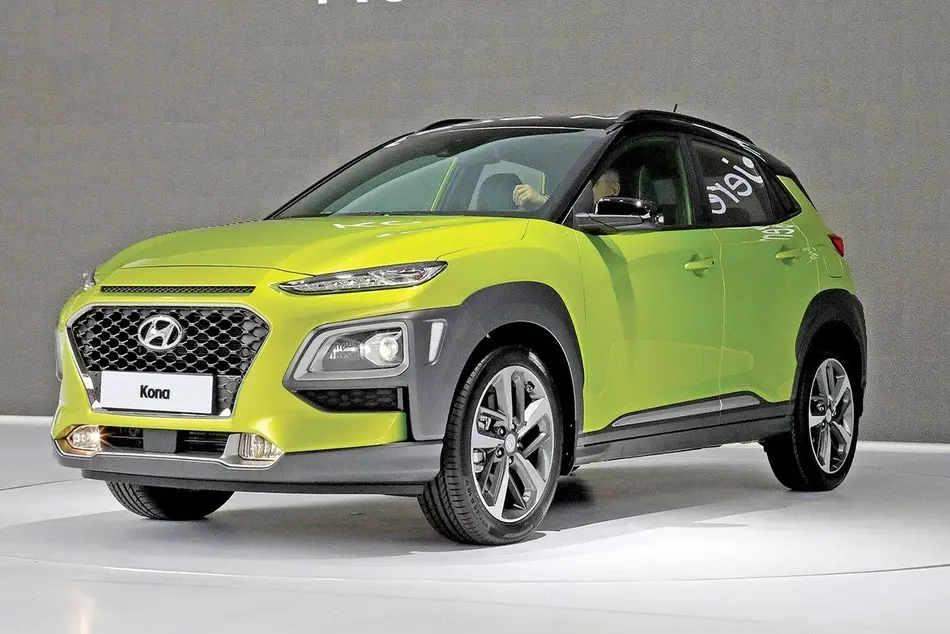Hyundai's Kona small CUV starts in a hole

Hyundai's U.S. dealers are getting something they desperately want and need, a new subcompact crossover called the Kona.
That's the good news.
The bad news is twofold: Hyundai is among the last mainstream brands to enter the segment -- one of the U.S. market's hottest and most hotly contested -- and dealers won't have many Konas to sell.
That predicament reflects the persistent disconnect between Hyundai Motor America's demands and the production decisions from the parent company in Korea. The tension has led to instability in HMA's executive ranks in recent years, as aggressive sales expectations haven't been matched with a savvy product mix, sufficient incentives or marketing support, insiders say.
The Kona is set to hit the U.S. market in early 2018, nearly a decade after Nissan's Juke breathed life into the subcompact crossover segment.
Among other competitors, General Motors' two entries have already been through midcycle refreshes, and Fiat Chrysler's Jeep Renegade was a runaway global hit. Kia roughly covers the turf with its boxy Soul and hybrid Niro. Mazda, Honda, Fiat and Subaru are all present. A delayed Toyota entry is now on sale, and latecomer Ford will have its EcoSport in showrooms by year end.
Hyundai plans to build just 200,000 Konas annually for the global market at its already crowded Ulsan plant in Korea. Only about 40,000 units will make it to the U.S., Hyundai Motor Corp. Vice Chairman Euisun Chung said at Kona's debut. For Hyundai's 835 U.S. dealers, that's an average of four units a month.
The 40,000-unit allocation is dwarfed by Kona's competitors: Jeep's Renegade topped 100,000 U.S. sales in 2016; Subaru's Crosstrek sold 95,677 units; and General Motors sold 79,016 of its Chevy Trax model and a similar number of Buick Encores.
